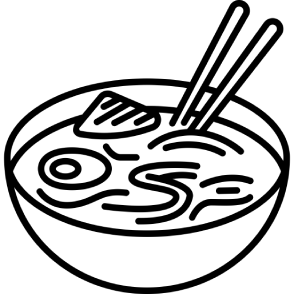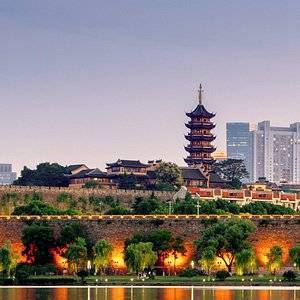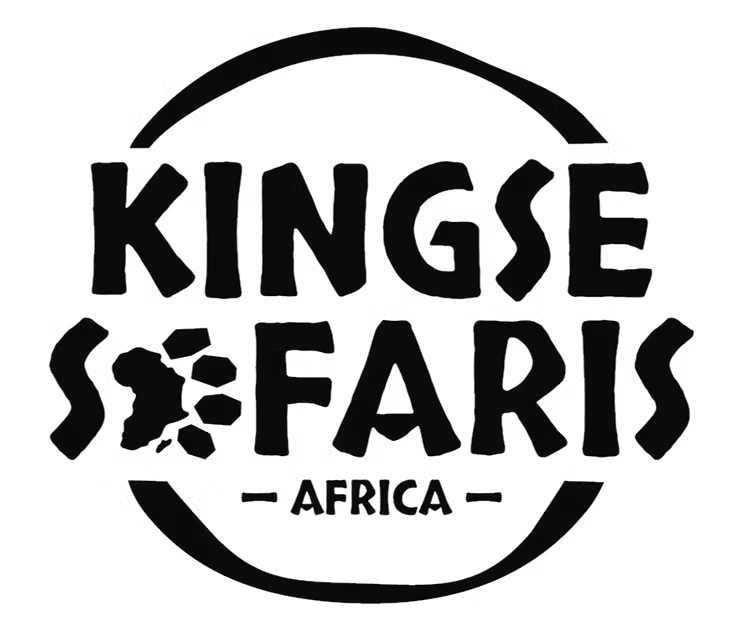Guide
Kilimanjaro Climbing FAQs
Essential Answers to Questions for Kilimanjaro Adventure.
Mount Kilimanjaro attracts thousands of trekkers every year, but most climbers share the same concerns before setting foot on Africa’s highest peak. From travel logistics and health requirements to food, gear, and training, knowing the answers ahead of time helps you prepare with confidence. Here are detailed responses to the 10 most frequently asked questions about climbing Kilimanjaro.
What is Climbing Kilimanjaro Like?
Climbing Kilimanjaro is often described as one of the most challenging yet most rewarding adventures in the world. The trek takes you through five distinct ecosystems—lush rainforest, heath, moorland, alpine desert, and icy summit.
- You’ll walk 5–7 hours per day at a slow pace, known locally as “pole pole” (slowly, slowly).
- Nights are spent in sturdy mountain tents with sleeping bags and mats provided.
- The highlight is the summit push, which begins at midnight and ends with sunrise views over Africa.
It’s not a technical climb, but the altitude makes it challenging. Most trekkers agree it’s tough, but the sense of achievement on reaching the summit is unlike anything else.
How Do I Get to Mount Kilimanjaro?
The most convenient entry point is Kilimanjaro International Airport (JRO), located between Moshi and Arusha.
- Airports in Tanzania:
- Kilimanjaro International Airport (JRO) – closest option
- Dar es Salaam (DAR) – coastal gateway
- Zanzibar (ZNZ) – ideal if combining your trek with a beach holiday
- Via Kenya: Flights into Nairobi are often cheaper, but you’ll need a shuttle bus or connecting flight to JRO. Keep in mind that a multiple-entry visa may be required.
Many travellers combine their climb with a safari or Zanzibar trip, so one-way flights between destinations can make planning easier.
When Should I Arrive for the Climb?
It is recommended to arrive at least one day before your trek starts. This extra day provides:
- Time to recover from jet lag and long flights
- A pre-climb briefing with your guides
- Extra preparation in case of delayed luggage or missed flights
- The chance to meet your trekking group before heading to the mountain
Arriving early reduces stress and gives you the best start for your adventure.
Do I Need a Visa for Tanzania?
Yes, most foreign travelers require a Tanzanian visa.
- On Arrival: Available at Kilimanjaro International Airport and most border crossings
- eVisa: Can be applied for online in advance for extra convenience
- Cost:
- US$100 for U.S. citizens (multiple-entry visa valid for one year)
- US$50 for most other nationalities (single-entry visa valid for 90 days)
- Passport Validity: Must be valid for at least 6 months after your departure date
Always confirm requirements with your local Tanzanian embassy if you’re from a country outside the U.S., Canada, or Europe.
What Vaccinations Do I Need?
No mandatory vaccinations are required unless you’re traveling from a yellow fever risk country, in which case you’ll need proof of vaccination.
Recommended vaccinations include:
- Hepatitis A & B
- Typhoid
- Tetanus & Polio boosters
- MMR (Measles, Mumps, Rubella)
- Meningococcal meningitis (useful for travel in Africa and Asia)
It’s best to consult your doctor or a travel health clinic at least 6 weeks before your trip for updated advice.
Which is the Best Route to Climb Kilimanjaro?
There are seven main trekking routes, each with its pros and cons.
- Lemosho Route (8 days): Best for scenery and acclimatization, high summit success rate
- Machame Route (7 days): Popular, scenic, known as the “Whiskey Route”
- Northern Circuit (9 days): Longest, least crowded, excellent acclimatization
- Marangu Route (5–6 days): Uses hut accommodation, but has a lower success rate due to short acclimatization
Longer routes generally increase your chances of success since they allow your body more time to adjust to altitude.
Is Kilimanjaro a Technical Mountain?
No, Kilimanjaro is considered a “walk-up” mountain. You don’t need ropes, crampons, or climbing experience. However, the trek is still physically demanding due to the altitude.
- The terrain is steep in places but manageable with trekking poles.
- The greatest challenge is the summit push, which starts at midnight in freezing conditions and lasts 8–12 hours.
- Good fitness and mental determination are essential.
In short, it’s accessible, but not easy.
When is the Best Time to Climb Kilimanjaro?
Kilimanjaro can be climbed year-round, but the best months are:
- January–February: Warm and clear, chance of snow at the summit
- July–October: Dry season, best overall weather, but busiest period
- March–May: Long rains, muddy trails, fewer crowds
- November: Short rains, still climbable but wetter
Notable climbs include full moon treks, where the summit is illuminated by moonlight, and New Year’s Eve climbs for a once-in-a-lifetime celebration.
What Food is Provided on the Mountain?
All meals are freshly cooked by trained chefs using local produce. Expect nutritious, high-energy meals designed to fuel long trekking days.
- Breakfast: Porridge, eggs, sausages, fruit, coffee, tea
- Lunch: Packed meals (sandwiches, chicken, fruit, juice) or hot dishes at camp
- Dinner: Soup starter, main course with rice, pasta, or potatoes, vegetables, and fruit for dessert
- Snacks: Popcorn, biscuits, nuts, and hot drinks in the afternoons
Special diets (vegetarian, vegan, gluten-free) can be accommodated with advance notice.
How Do I Prepare Physically for Kilimanjaro?
Fitness is one of the most critical factors in your success. You don’t need to be an athlete, but stamina and endurance are key.
Training tips:
- Start training at least 2–3 months before your trek
- Do long hikes on weekends with a backpack to mimic trekking days
- Include cardio exercises like running, swimming, or cycling
- Add strength training, especially for legs and core muscles
- If possible, practice hiking at altitude to get used to lower oxygen
Remember: the climb is slow-paced, but the endurance challenge is real. The fitter you are, the more enjoyable your experience will be.
A Complete Travel Guide for Your Mount Kilimanjaro Adventure
Planning your Kilimanjaro climb goes beyond choosing a route. It’s about timing, preparation, costs, and even the food that fuels you. Our guides help you understand every detail, making your journey safe, enjoyable, and truly rewarding from start to summit.

Best Time
Discover ideal months for climbing Kilimanjaro’s stunning trails.

Climbing Cost
Learn the actual expenses behind a Kilimanjaro adventure.

Kilimanjaro FAQs
Find quick answers to common trek preparation questions.

Climbing Foods
Explore the meals that fuel trekkers on the mountain.
Creating Your Dream Safari, The Way You Want it
Kingse Safaris Africa offers customized tours tailored to your needs. Everything about your trip can be altered to suit your travel style, from the activities to the schedule. Join us and design your dream journey with us!







